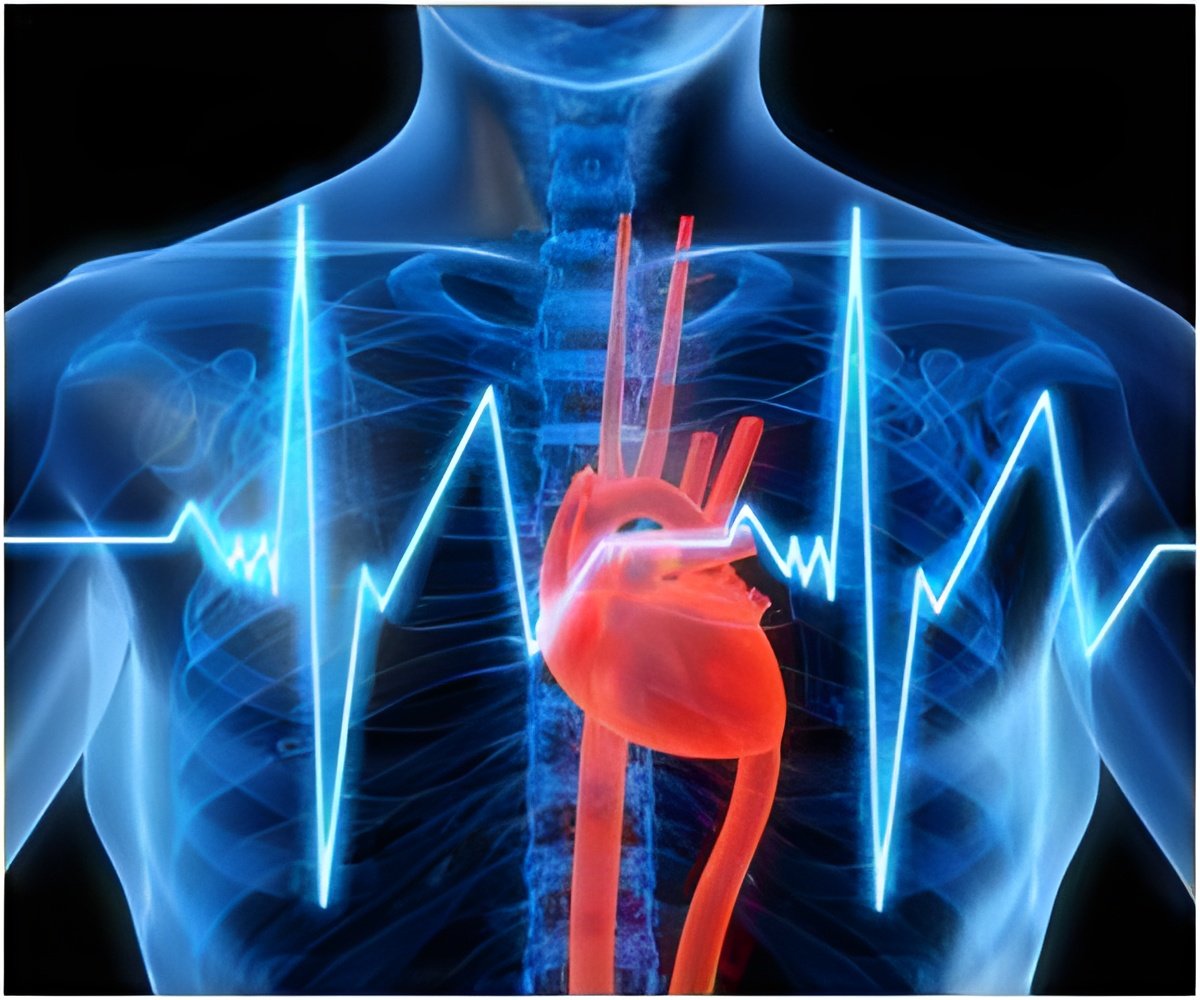
It is also noteworthy, adds Dickstein from the University of Bergen (Stavanger University Hospital, Norway), that JACC felt the study to be of sufficient merit to commission an editorial².
The theory underlying the use of UDCA (a bile acid commonly used in the treatment of cholestatic liver disease) centres on the finding that abdominal congestion (caused by heart failure) leads to increased gut permeability, allowing endotoxins produced by gram negative bacteria to enter the circulation. The increased levels of proinflammatory cytokines can then further exacerbate symptoms of heart failure. UDCA is able to form a complex ("mixed micelles") around a component of the cell-wall of the gram-negative bacteria (lipopolysaccharide), thereby decreasing levels of proinflammatory cytokines and offering the potential to improve peripheral blood flow and ultimately increase exercise tolerance. In the last 10 to 15 years studies have explored modifying inflammation in heart failure patients (through anti-inflammatory agents, antibiotics and statins), but all have proved neutral or in some cases even resulted in worse outcomes for patients.
In the current prospective double-blind, cross-over study, Stephan von Haehling, from the Charité Medical School (Berlin, Germany), and colleagues from Poland, UK, Austria and Italy, assessed the effects of UDCA on endothelial function and inflammatory markers in 17 chronic heart failure patients who received 500 mg UDCA twice daily for four weeks, followed by placebo for another four weeks. Results showed that in comparison with placebo, UDCA significantly improved peak post-ischemic blood flow in the arm (p=0.038), and showed a trend for improved peak blood flow in the leg (p=0.079). No change, however, occurred in the six-minute walk test and for New York Heart Association functional class, and furthermore, levels of tumour necrosis factor a and interleukin-6 remained unchanged."One difficulty is that the UDCA hypothesis follows a precise pathway, and the results fail to demonstrate each step of the pathway, i.e. show that improvements in peripheral blood flow translate into improvements in the functional capacity measured by the six minute walk test", says Professor Aldo Maggioni, an ESC spokesperson, from the Centre of the Italian Association of Hospital Cardiologists (Florence, Italy). Furthermore, he adds, even improvements in peripheral blood flow were not equal in the arms and legs."The cross over design offers a real strength of the study since it allows patients to act as their own controls, but, the small number of patients involved makes statistical analysis unreliable," says Maggioni.
Any future studies undertaken, says Dickstein, will need to involve larger cohorts of patients. "One big question for me is whether four weeks of treatment is sufficient to produce significant effects. This begs the question of whether higher doses and longer durations of treatment might have produced clearer cut answers," he adds.
Recent registries showing a 5 to 8% annual mortality for chronic heart failure patients underline the urgent need for new heart failure treatments in addition to the standard ACE inhibitors, ARBs, beta blockers, aldosterone blockers and devices (implantable cardioverter defibrillators and cardiac resynchronisation therapy). "Since UDCA doesn't involve any of the known mechanisms adding this approach to the standard treatments might result in incremental gains," says Maggioni.What's undisputed is that UDCA seems to have the ability to fire the imagination. "Part of the appeal of the concept is that it's so intuitively attractive. It provides a biologically plausible hypothesis that's really easy for everyone to understand," says Dickstein.
Advertisement














